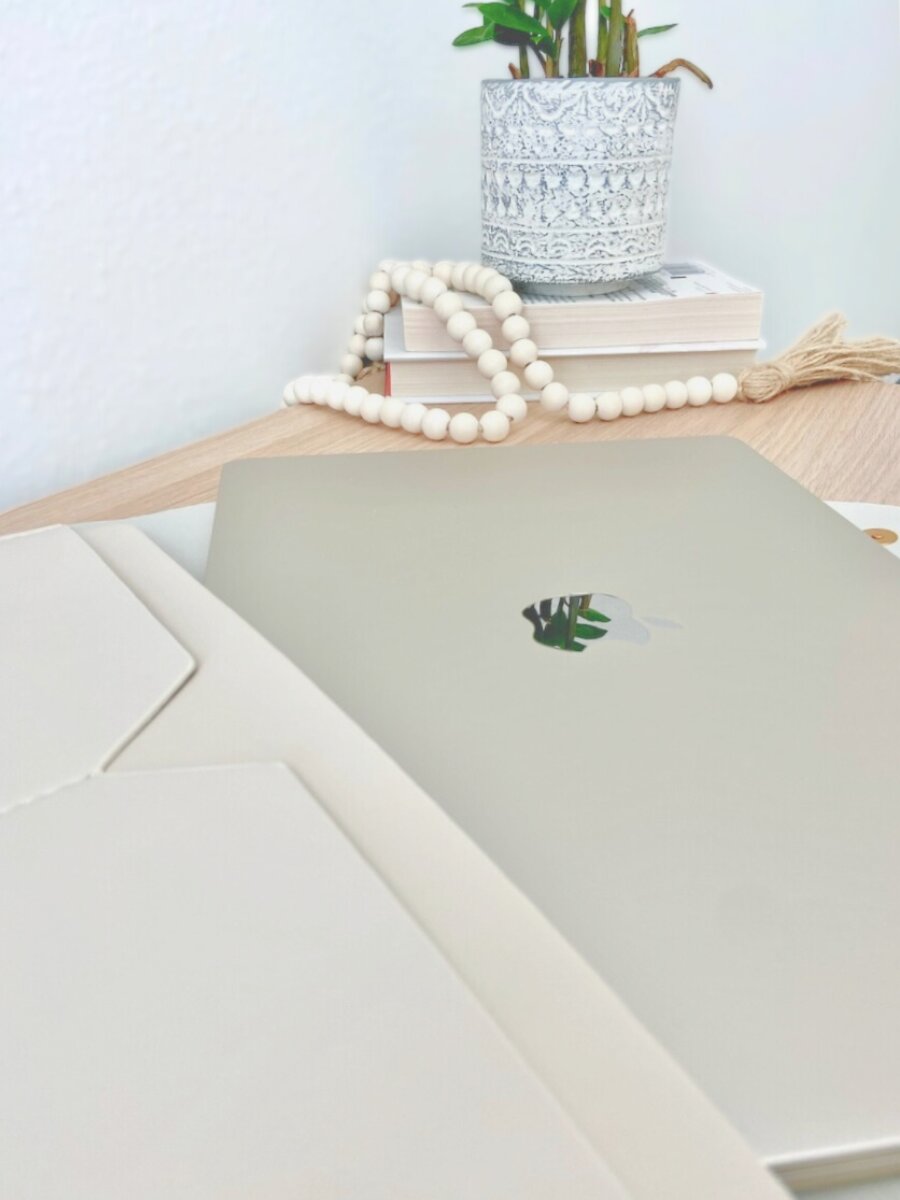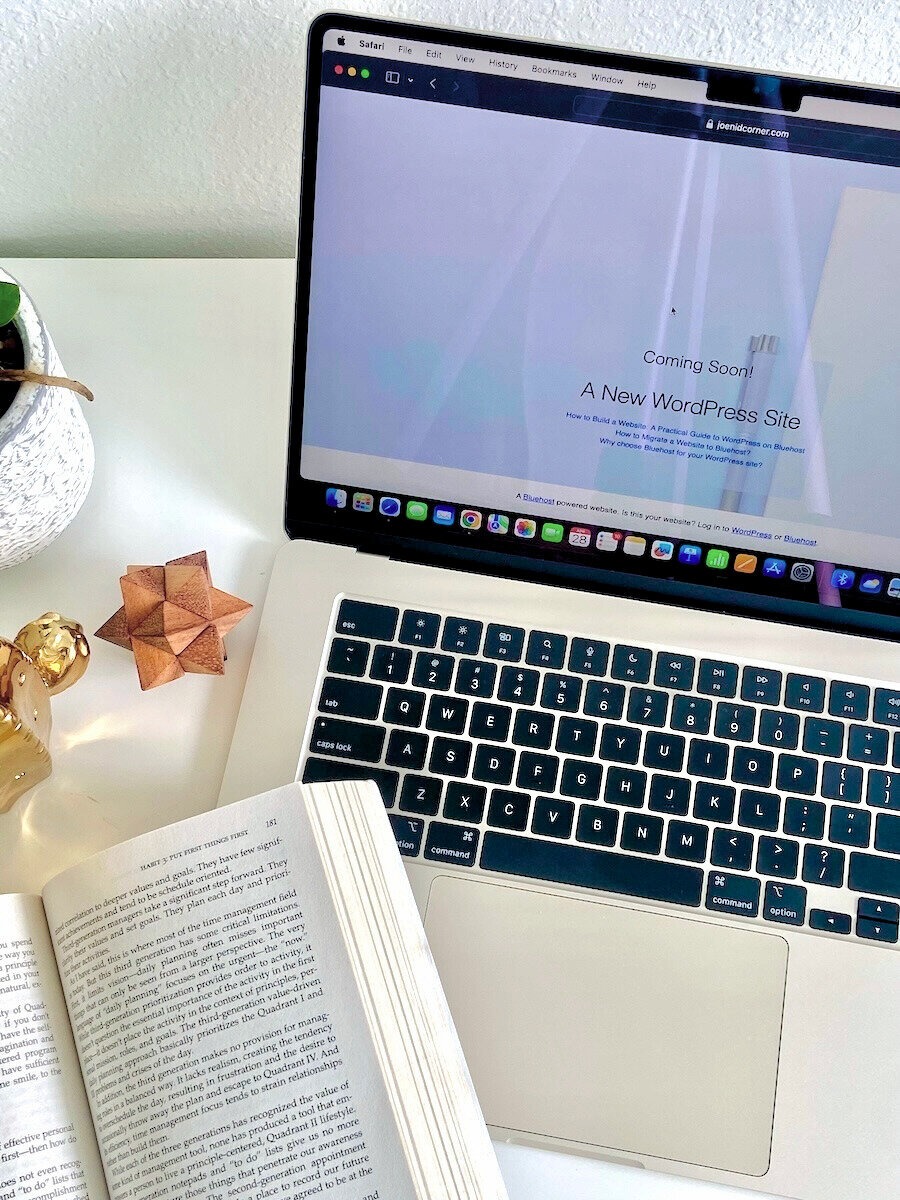How To Create A Blog Step By Step In 2025 (For Beginners)
🕒 Updated: May 29, 2025 | Published: May 23, 2025 | Written by: Joenid
If you want to learn how to create a blog step by step, I’ve compiled everything I’ve learned over months of trial and error into one easy guide. This resource is filled with tips and designed to help you skip the long learning curve and start your blog on the right foot.
*This post might include affiliate links, meaning I could earn a commission if you buy through my link, without any additional cost to you. But don’t worry because I only recommend products or services I genuinely believe in and think will add real value to you. Read the Privacy Policy for more information.
What Is A Blogger And What Do They Do?
A blogger is typically a single individual who creates engaging content on a blog website. This content often includes personal knowledge, opinions, and experiences centered around a specific subject.


Joenid blogging from the outdoor area of The Galley, Virgin Voyages cruise ship
What Is The Purpose Of A Blog?
When you embark on the process to create a blog step by step, it’s crucial to understand your motivation. Some people blog as a hobby, while others aim to monetize their content.
If you’re unsure where to start, in my free blogging class, I’ll help you discover your blogging strategy, select your niche, and identify your ideal audience.
Blogs vs Social Media?
In the long run, the lifespan of your blog content tends to be more stable compared to the momentary nature of social media posts.
What Do You Need To Create A Blog Step By Step?
Blog Platform
To create a blog step by step, you first need a place where your blog is going to be created. There are several free and paid options to choose from. But if you’re serious, I recommend a self-hosted website, meaning you have full control of your website content and design.
Personally, I use WordPress.org, which I find an excellent choice for gaining rights to your blog website. WordPress.org is free, but you are responsible for paying a fee to get hosting and a domain name.
Blog Hosting And Domain
The hosting and domain are two additional features you need to start a blog.
- The hosting is like the storage that holds all your blog information. There are many hosting services available, but I do recommend starting with Bluehost, which offers affordable plans for beginner bloggers.
- The domain is essentially the name and address of your blog, like yourdomain.com.
Note: In my free blogging video class, I guide you on how to use Bluehost, choose your domain name, and integrate with WordPress to create a blog step by step.
Blog Website Theme
The blog Website theme plays an important role in shaping the appearance and design of your blog. When you create your blog, you’ll find a variety of themes, both free and paid options.
Independently, if you choose a free or paid version, you might have to make minimal adjustments to the theme to customize it to your unique branding.
- Sydney starter kit has a free theme, and it’s a good choice if you’re looking to create digital products and sell them online. This theme comes pre-configured for an online store.
- Kadence has a free theme option, and it’s a top favorite among bloggers.
Tip: When you start, I recommend going with a free version. As you gain more experience, you can buy a premium theme and use staging to adjust before launching it live.
Increase Blog Traffic
The best thing you can do when you create a blog step by step is to focus on your audience and on how to get traffic to your blog rather than diving straight into monetization. It takes time to get organic traffic, and be patient because your blog may appear on Google search one day and then not the next. Here are some effective strategies I follow to increase blog traffic:
- Post an article consistently. Establish a schedule for publishing articles, which can be weekly, bi-weekly, or monthly. The key is to be consistent.
- Promote your articles on Pinterest. In contrast to social media, Pinterest operates as a search engine similar to Google. Users on Pinterest are more inclined to click on your pins and redirect to your blog.
- Identify where your audience is. Discover where your ideal audience spends their time online. Identify the social media or web platforms they prefer, and you can strategically use those platforms to drive traffic to your blog. For example, if you’re audience enjoys listening to podcasts about summer fashion trends, creating a podcast can be a great way to cover your niche and redirect them to your blog for more insights.

DON’T FORGET TO READ:
Blog Plugins For WordPress
When you create a blog, you’ll have to install plugins to improve your blog’s functionality. Plugins are mini software tools designed to adjust some features of your blog. In my free class to start a blog step by step, I will guide you through the process of searching, installing, and activating plugins using WordPress.
There are hundreds of plugins available, but I do advocate installing only the ones you truly need because this approach helps safeguard the security of your blog website. Here are some of my top recommended plugins:
- Wordfence is a plugin that protects your blog from hackers and cyberattacks. The free version does a nice job of blocking unauthorized access and keeping the blog website secure.
- Updraft is a must-have plugin for creating a backup of your website for free. This plugin gives you the option to save your backups on external cloud services like Google Drive. Creating a backup of your website is the most important, especially when unexpected updates could potentially damage your site.
- RankMath is a plugin that helps you to optimize your articles for search engines. Creating an optimized article is very important because it drives organic traffic to your blog.
- WP Form is a plugin to add contact forms to your blog website. Facilitating direct communication with your audience without having to share your personal email.
Blog Post Content
After you create a blog step by step following my free class on creating your blog website, then you should focus on creating blog content, which is a vital step for your blog’s success.
Creating content is the fun part and is where you leverage your expertise and experiences to connect with your audience. When you start your blogging journey, you may sometimes feel a lack of content ideas. Here are some tips to help you generate engaging content:
- Use a simple market research process to find good topics for a blog.
- Write as if you’re having a friendly chat with your readers.
- Organizing your blog content using a strategic blog structure.
Wrap Up
When I started my blog website, I had no clue where to start, only with my laptop and a belief in my potential for success. It took several months of hard work until I began to see progress and the rewards of my efforts. The patient is key in this journey because the results of the content you create don’t always come overnight.
As you move forward, keep these essential tips when creating a blog step by step:
- At the beginning, keep the cost of your blog investment low.
- Ensure your blog is mobile-friendly; remember that most people access content via their mobile devices.
- Keep learning and reading about your niche.
- Keep your content updated.
- Don’t rely on AI tools to develop your entire article.
- Focus first on creating valuable content rather than on monetization.
- It’s perfectly normal to adjust your blogging strategy as you gain experience.
Embarking on a blogging journey is a long-term commitment. If you are ready, I invite you to join my free blogging class that takes you through the whole process. This is a free class I created with several months of learned lessons, and I designed it to shorten your learning curve.





